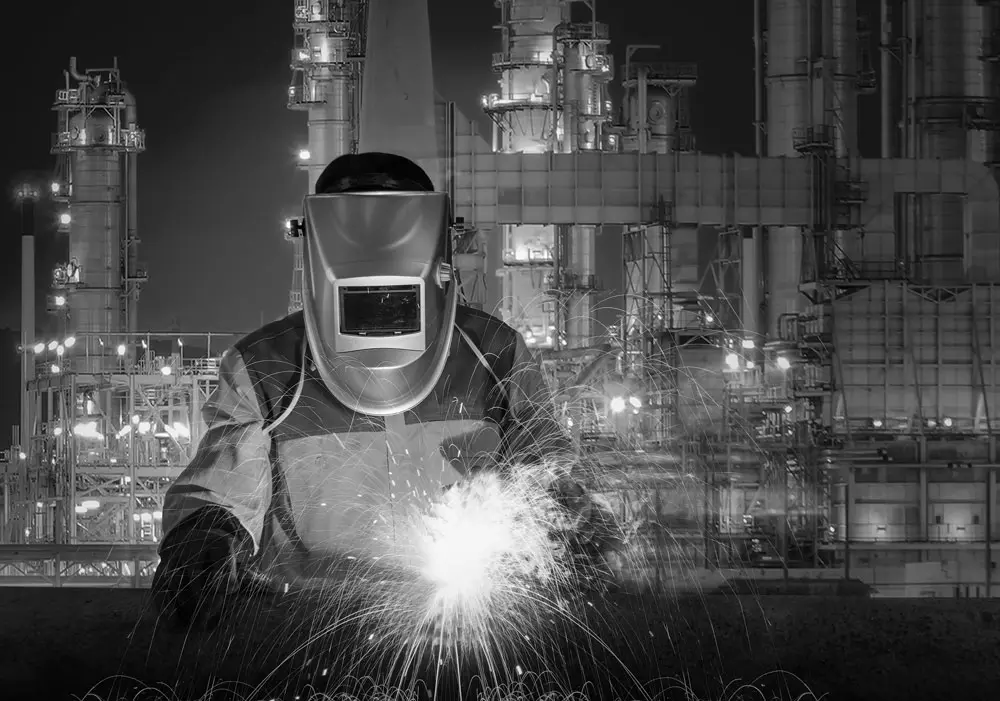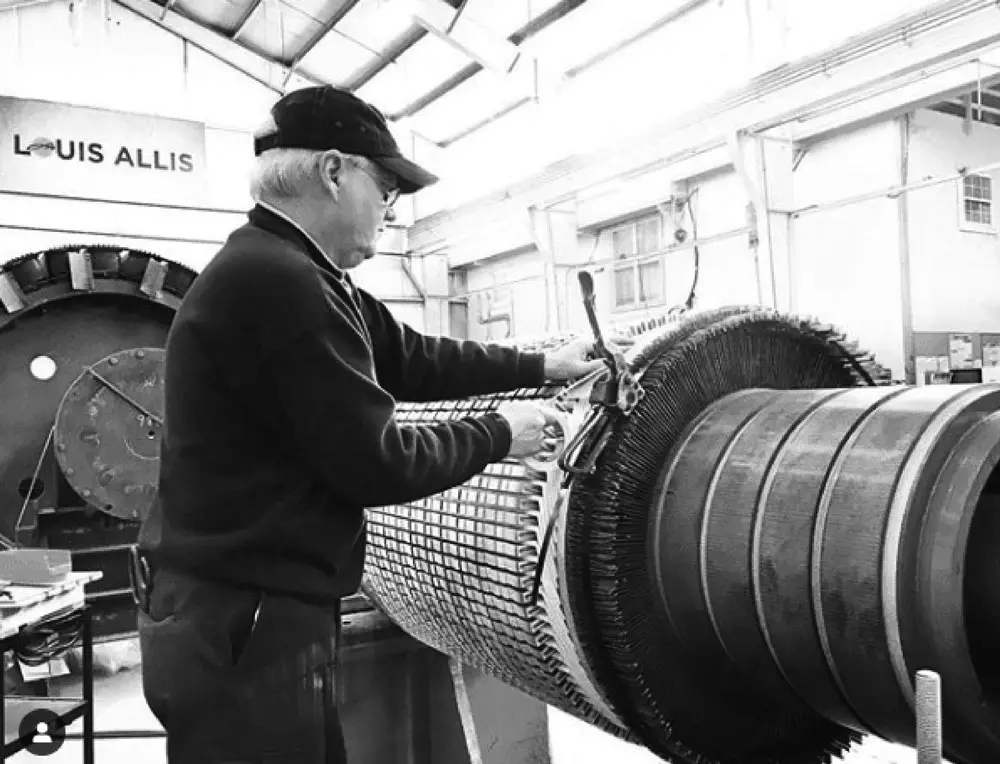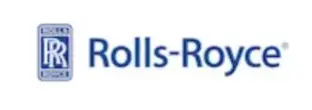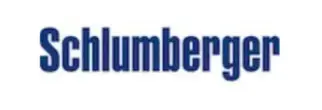A Market Leader for over 70 years
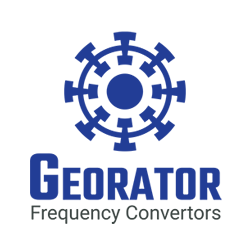 For over 70 years, Georator Frequency Convertors and Permanent Magnet Alternators have been used throughout the US and exported worldwide. Louis Allis, a WorldWide Electric Company, manufactures and supplies Georator Power Frequency Convertors and Permanent Magnet Generators for industrial, military, aerospace, and municipal applications. Classified as rotary type Motor-Generator Sets and Brushless Permanent Magnet Generators, Georator products are available in standard sizes, phases, and input and output frequencies. With decades of application knowledge, the Louis Allis-Georator team of power frequency experts can also specify and build custom units for unique application requirements.Our US customers use frequency changers when testing electrical products exported to continents that operate at 50 Hz, such as Europe and Asia. They are also used to run equipment in the US that requires 50 Hz or in other countries that operate at 60 Hz.
For over 70 years, Georator Frequency Convertors and Permanent Magnet Alternators have been used throughout the US and exported worldwide. Louis Allis, a WorldWide Electric Company, manufactures and supplies Georator Power Frequency Convertors and Permanent Magnet Generators for industrial, military, aerospace, and municipal applications. Classified as rotary type Motor-Generator Sets and Brushless Permanent Magnet Generators, Georator products are available in standard sizes, phases, and input and output frequencies. With decades of application knowledge, the Louis Allis-Georator team of power frequency experts can also specify and build custom units for unique application requirements.Our US customers use frequency changers when testing electrical products exported to continents that operate at 50 Hz, such as Europe and Asia. They are also used to run equipment in the US that requires 50 Hz or in other countries that operate at 60 Hz.
Core Competencies
- Standardized Products - proven, standardized product options with high availability and short lead times.
- Custom Products - design, manufacture, and build generator sets for custom applications utilizing standardized products.
- Quality Design and Manufacture - expertly engineered, precisely manufactured, and rigidly tested to deliver performance requirements effectively and efficiently.
- Power Conversion System Design and Engineering - extensive application experience with standard and custom solutions. Fabrication - full fabrication capabilities in a ISO 9001 certified manufacturing facility for custom modification of stators, rotors, flanges, frames, shaft, belt and pully systems, mounting and lifting options.
- Fabrication - full fabrication capabilities in aISO 9001 certified manufacturing facility for custom modification of stators, rotors, flanges, frames, shaft, belt and pully systems, mounting and lifting options.
Industries
- Aerospace and Military
- Universities & Research Facilities
- Government, Municipal & Health
- Manufacturing
Frequency Converters
Differentiators
- Low-cost, affordable power source
- Operate on less power
- Create continuous power
- Environmentally friendly
- Highly efficient products
- Better load management
- Reliable - low maintenance
- Quiet, lightweight and portable
*WorldWide Electric Corporation acquired Georator in 2021
Quality Craftsmanship
Quality is our top priority for new electric motor manufacturing and electric motor repair at our ISO 9001:2015 certified facility. We live by the motto "Quality applied with Louis Allis pride".
Recertified Motors
Our Factory Recertification Program exists to help customers who need a quick solution to a problem that can’t wait for a custom build.
Full Service Shop
At Louis Allis we have the capability of repairing a variety of electric motors, regardless of manufacturer or severity of repair needed.
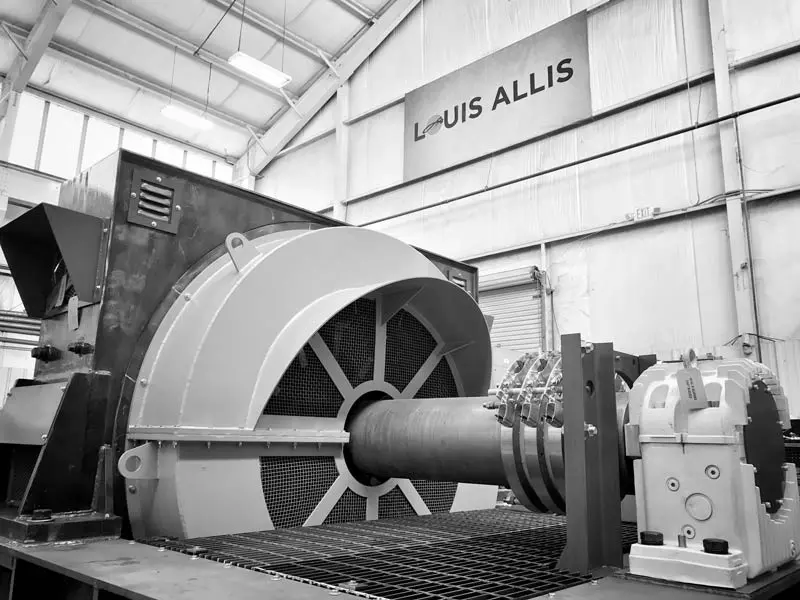
Specialty Products
Specialty Products
Services
